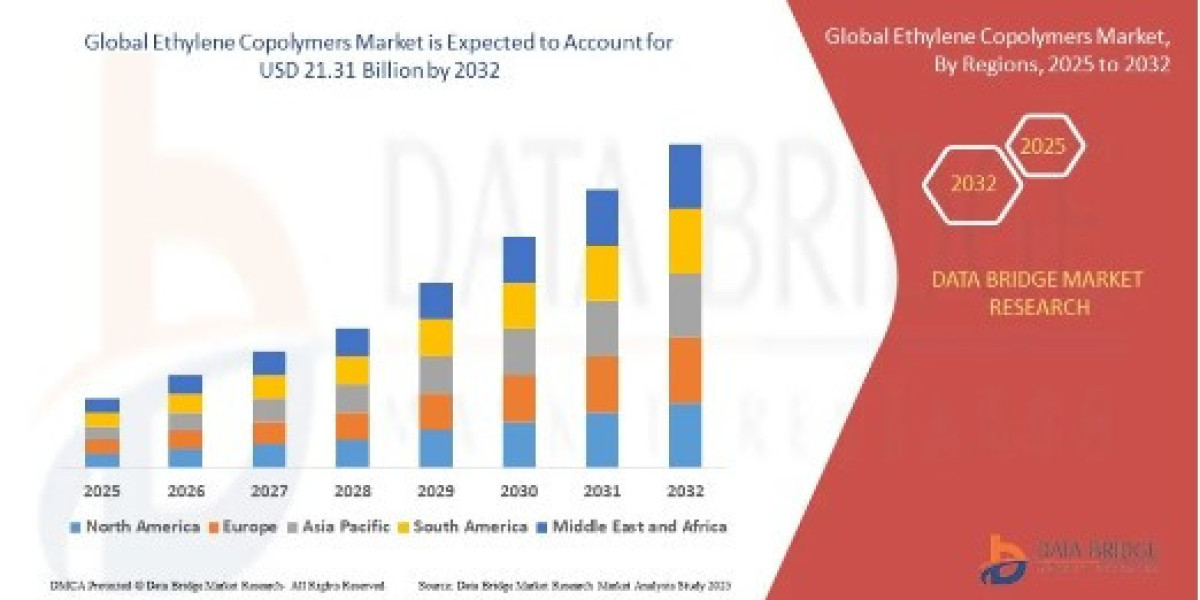To fully comprehend the market's intricate structure, a detailed deconstruction of the AI in Chemicals Market Segmentation is essential, starting with its segmentation by application, which highlights the diverse ways AI is creating value across the chemical value chain. The most prominent and high-value application segment is Research & Development (R&D). This includes the use of AI for drug discovery in the pharmaceutical sector, materials informatics for the discovery of new materials with novel properties (like better batteries or stronger polymers), and the design of more efficient and selective catalysts. This segment is characterized by the use of advanced generative and predictive modeling techniques. The second major application segment is Manufacturing & Operations. This encompasses the use of AI for process optimization, predictive maintenance of plant equipment, quality control using computer vision, and supply chain management to predict demand and optimize logistics. This segment is focused on improving efficiency, reducing costs, and enhancing safety in the production environment. Other smaller but growing application segments include marketing and sales, and regulatory compliance.
Another crucial axis of segmentation is by the underlying AI technology. This provides a view into the specific tools and techniques that are being deployed. The Machine Learning (ML) segment is the largest and most foundational, encompassing a wide range of supervised and unsupervised learning algorithms used for predictive modeling, classification, and clustering tasks. Natural Language Processing (NLP) is another significant segment, focused on extracting insights from the vast amounts of unstructured text data in scientific literature, patents, and research reports. The Computer Vision segment is growing rapidly, with applications in automated quality inspection on production lines, safety monitoring (e.g., detecting if workers are wearing the correct personal protective equipment), and even analyzing microscope images in the lab. The Generative AI segment, while newer, is the most exciting and transformative, focusing on the de novo design of new molecules and materials. This technological segmentation is important as different vendors often specialize in different areas of AI.
Finally, segmenting the market by end-user and by deployment model provides a strategic overview of the customer base and delivery mechanisms. The end-user segmentation breaks the market down by the type of chemical industry. This includes Bulk Chemicals, Specialty Chemicals (which is a major adopter due to its focus on high-value, innovative products), Agrochemicals, Petrochemicals, and Pharmaceuticals (which is a massive and distinct market in its own right, often analyzed separately but a key consumer of AI for chemical discovery). Each of these sub-industries has its own unique set of challenges and opportunities for AI. The segmentation by deployment model distinguishes between on-premise and cloud-based solutions. While some very large companies with highly sensitive data may opt for on-premise deployments, the overwhelming trend and the dominant market segment is the cloud. The cloud provides the scalable, on-demand, high-performance computing resources that are essential for training and running complex AI models, making it the default choice for the vast majority of AI initiatives in the chemical industry.














